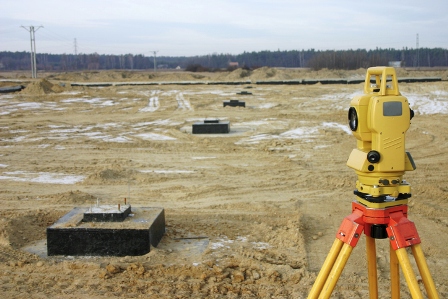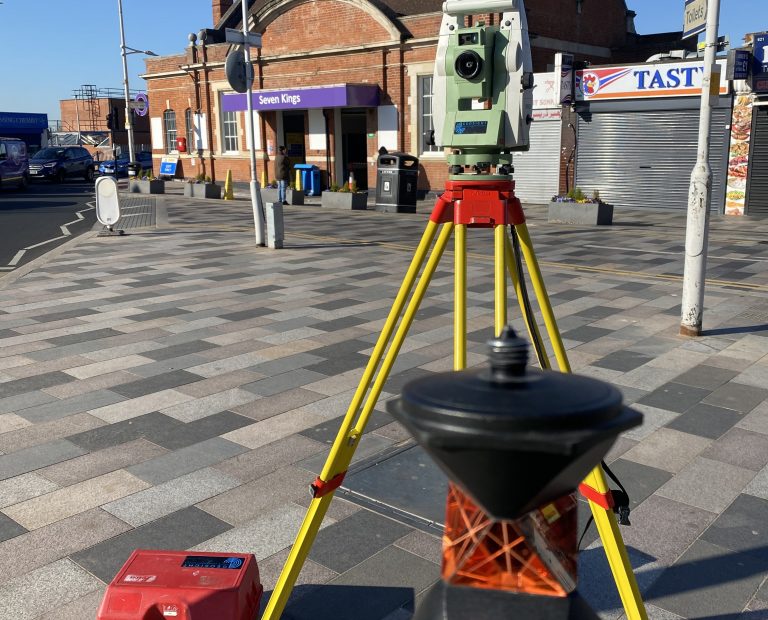Key Steps in Setting Out Engineering for Effective Construction Execution
Key Steps in Setting Out Engineering for Effective Construction Execution
Blog Article
Mastering the Basics of Laying Out Design for Specific Construction
Establishing out design offers as the backbone of accurate construction, guaranteeing that every project aligns with its desired layout and requirements. As we check out the ins and outs of setting out, it becomes evident that also small oversights can lead to considerable ramifications.
Significance of Setting Out Engineering
Setting out design is fundamentally important in the construction procedure, as it makes sure that frameworks are accurately positioned according to make specs. The precision of setting out straight affects the overall honesty and performance of the built setting. Any type of discrepancies or mistakes during this stage can result in significant problems, such as misalignment, architectural failure, or pricey rework.
Furthermore, establishing out engineering offers as an essential communication device among numerous stakeholders, including service providers, engineers, and designers. It provides a clear recommendation structure that guides the building and construction team throughout the job, thereby lessening the risk of misconception and boosting partnership. This procedure also helps in sticking to regional codes and governing standards, which are important for getting required licenses and authorizations.
In addition, effective laying out adds to forecast effectiveness by promoting precise measurements and lowering material waste. By making sure that each component is properly placed from the start, the chance of hold-ups and spending plan overruns is significantly decreased. To conclude, the significance of setting out engineering can not be overstated, as it is foundational to achieving successful, certified, and lasting building and construction end results.
Trick Concepts of Laying Out
Accurate execution of laying out is regulated by a number of essential principles that guarantee effective implementation in construction jobs. Precision is important; developing clear reference points and lines of view is crucial for reducing mistakes. This includes using established benchmarks and making certain that measurements are taken consistently and accurately.
An additional principle is extensive planning. An extensive establishing out strategy should represent all elements of the style, consisting of offsets, dimensions, and degrees. This foresight reduces inconsistencies throughout building and enhances effectiveness.
Effective interaction amongst staff member also plays a crucial role. All stakeholders have to remain in positioning pertaining to the task specifications and setting out procedures to prevent misunderstandings that might cause pricey blunders.
Furthermore, routine confirmation of dimensions and alignment helps preserve accuracy throughout the building procedure. This can involve routine checks against existing website features or recommendation indicate guarantee that the work stays true to the desired design.
Devices and Tools Needed

Fundamental devices consist of the overall terminal, which combines digital theodolite and range measuring capacities, enabling exact angle and distance measurements. Engineering surveys. Furthermore, a leveling instrument, such as web a laser level or optical level, is necessary for establishing straight airplanes and slopes
Measuring tapes, varying from typical steel tapes to advanced electronic alternatives, give essential capability for uncomplicated linear measurements. Pen devices, including chalk lines and risks, are critical for envisioning referral points on-site.
In more intricate tasks, GPS checking tools can improve accuracy over bigger distances, while 3D scanners can help in validating present problems. Sustaining tools such as plumb bobs and string lines are also vital for guaranteeing vertical placement and straight lines.
Eventually, purchasing quality tools and preserving them frequently substantially contributes to the general success of laying out engineering, helping with a structured construction procedure that sticks to create specifications.
Common Methods for Precision
Achieving accuracy in laying out design needs the application of specific methods that enhance measurement accuracy. One of the fundamental strategies is triangulation, which utilizes the homes of triangles to determine places with high precision. By measuring the sizes of 2 sides and the angle between them, designers can properly place factors on-site.
Another essential method is making use of progressing tools, such as laser degrees or automatic degrees. These tools provide a consistent reference aircraft, guaranteeing that all measurements are extracted from a common standard. Normal calibration of these instruments is vital to keep their accuracy.

Difficulties and Solutions in Setup Out
Browsing the intricacies of laying out engineering offers various difficulties that can affect task end results. One significant challenge is the reliance on accurate measurements and placements; also minor mistakes can bring about significant discrepancies in building. Outside variables such as ground problems, weather condition, and site ease of access better make complex the process, requiring versatile methods.
To attend to these obstacles, using innovative technology such as GPS and 3D modeling can enhance accuracy and effectiveness. These tools permit real-time information collection and surveillance, decreasing dig this human error and guaranteeing adherence to create specifications. Furthermore, carrying out strenuous training programs for employees associated visit here with laying out can promote an experienced workforce proficient at handling prospective issues.
Establishing clear lines of interaction among all stakeholders-- engineers, land surveyors, and building groups-- guarantees that every person is aligned with the task goals and conscious of any type of adjustments to the plan. By accepting these services, experts can substantially improve the accuracy and reliability of establishing out design methods.
Conclusion
In conclusion, grasping the principles of setting out engineering is critical for achieving precision in building and construction projects. Eventually, a solid structure in establishing out engineering contributes dramatically to the overall stability and efficiency of construction results.
Establishing out design serves as the backbone of accurate building, making sure that every task aligns with its intended style and specs.Setting out engineering is essentially critical in the building and construction process, as it ensures that structures are accurately positioned according to create specs. In final thought, the relevance of establishing out design can not be overemphasized, as it is fundamental to attaining effective, certified, and lasting building results.

Report this page